When I was out in Los Angeles in September, I had the chance to visit DisneyToon Studios and interview PLANES: FIRE AND RESCUE’s Paul Gerard (director, creative development) & Jeff Howard (co-writer). Travel and accommodations were covered by Disney, but all thoughts and opinions are always my own.
Truth in Materials
I loved Planes Fire and Rescue as an entertaining, heart-felt, family-friendly movie when I watched it with my family for the first time, but it wasn’t until I sat down with Paul Gerard, Director, creative development, and Jeff Howard, co-writer, that I truly appreciated what a fantastic movie it really was. The team at Disney didn’t just set about to write a cute story that kids would enjoy. They did their research.
Jeff Howard: “Do your research! It has an exclamation point. And it’s a command. This is a mandatory thing.”
Paul Gerard: “John Lassiter, our executive producer, believes in this idea, Truth in Materials, which is that we can find not only character and story, but the grounding of our movie in our research. (In the Planes movies…) airplanes talk and have eyeballs, so everything else around that should be as grounded in reality as possible.”
Jeff: “Right. So we went out and talked to dozens of aerial firefighters and ground crew and smoke jumpers and air traffic controllers, and visited several national parks to try to get all of the details of the movie right.”
Paul: “And one of our biggest resources was the California Department of Forestry and Fire Protection.”
Better than new
Jeff: “One of the things that was interesting to us when we went out and visited Hemet-Ryan (Airport) was that all of our aircraft had a previous life. The S2, which is their main tanker, used to a sub-hunting aircraft. The Huey goes back to Vietnam. The OB10 Bronco was a reconnaissance airplane. So, this whole theme of second chances started to sort of gel in our heads, that all of the aircraft are really on their second lives.
They had a lot of repurposed equipment and stuff like that. It’s a lot of hand-me-down things. Even their display cases. They had these display cases where they had their t-shirts and coffee mugs and stuff that were just display cases from a video game store. So this whole idea of “Better than new” started to creep into our minds.”
Paul: “Their personnel, though, were anything but hand-me-downs. Their personnel are the best of the best. They are all well-trained firefighters, as well as amazing pilots. In fact, this gentleman over here (pointing to a picture) here’s Travis, and this guy sitting next to Jeff actually was the pilot of Marine One which was the president’s helicopter, and before he came to Cal Fire.”
Perfecting their “Pilot-ese”
Jeff: “We talked to them about their terminology, their tactics, how they identify the different parts of the fire. They sort of diagramed, ‘Here’s what the airspace looks like, and who is at what altitude, and when they’re clearing people in and what the different parts of the fire are, and how they maneuver in this crowded airspace, who coordinates everything.’ Ironically, it’s Travis in the smallest aircraft they have. He fits into it, somehow, and that’s all reflected in the commands that Blade gives to Dusty.
So, we would ask Travis, ‘Okay, if you’re gonna tell somebody, Drop it a little bit more over there,, how do you say that in pilot-ese? What would you say?’ And he’d say, ‘Oh, I’d say, Come left one wingspan on your next drop.‘ So I’d say, ‘Okay, that’s easy for me as a writer. I can just put that straight into the script.’ And I’m like, ‘Okay, but what if somebody gets it dead on, and it’s the perfect drop, and no adjustments necessary,’ and he just sort of paused. And the other pilots around the table were just sort of looking at their shoes, and he’s like, ‘There’s no such term for that.’
He had nothing in his vocabulary for good job. There was always something he could correct and give feedback on, and that’s a little bit reflected in Blade’s personality. Blade’s personality was sort of amalgam of a number of different people we met, and things from our own imagination, but that part of Travis definitely went into him.”
Always on the job
Paul: “The other thing that amazed us was how often they go out and fight fires. Guess how many fires Cal Fire fights in one year? About 5,600.”
Jeff: “(That’s just in California. It’s actually 50,000 nationwide.”
Paul: “Yeah. That’s just California, and this year is actually a banner year for fires. They were on track, last time we talked to them, for like, 6,500 this year. But the public only hears about the big fires, which actually became a line in the movie, when we were talking — first presenting our pitch to the different directors here. One of our directors is like, ‘Well, isn’t that convenient? He arrives at the Air Attack Base, and they happen to be going out on a fire?’ And the reality is that’s the way it is.”
Jeff: “We did our research. And it would actually be weird if they weren’t going out on a fire when they got there.”
Paul: “And, in fact, when we arrived down at Hemet with our board artists, this is exactly what happened.”
Jeff: “They were like, ‘Can you get out of our plane, we need to use it.”
Paul: “Yeah. They had to load up immediately. All of our board artists came over to the side. And they fired up the engines. They let us listen on the headphones to all of the chatter between the pilots and the actual ground crew, and between the fire boss and the pilots coming in.”
Jeff: “So, that became a line, and went straight into the movie. That you know, we almost had Dusty ask the very question that our other director asked when he gets there, and they get an alarm, and Dusty says, ‘Really, there’s a fire already?’ and Dipper answers back, ‘Yeah, you guys only hear about the big ones,’ which is literally what they told us. We’re like, that’s a great detail, we gotta put that straight into the story.”
Creating Piston Peak National Park
Paul: “Our big location for most of the movie is Piston Peak National Park, which is really an amalgamation of all of the big national parks in the country — we decided to visit two of the most famous in the United States, Yellowstone and Yosemite, which were amazing. Our fuselage is really inspired by the Old Faithful Inn, which is at Yellowstone.
I don’t know if you’ve ever been there, but I’d recommend it, highly. They let us go all of the way up into the rooftop of the Old Faithful Inn, which was actually enclosed, since they’d had an earthquake in 1959. And we got to crawl up into the crow’s nest, which they said was just a little bit dangerous. It’s unstable, since the earthquake, but they let us go.”
Jeff: “And they even let us up onto the roof to see the sprinkler systems. So, you know, in the movie the lodge has this whole sprinkler system that Cad activates, and the sprinkler system at Yellowstone actually saved the lodge in 1988, when they had had a huge forest fire. I think they’d only put in the sprinkler system the year before. And it would have been destroyed, if not for the roof sprinklers.
Scuba Diver in a tree
Jeff: “So I guess you guys saw the CL415, which is one of the inspirations for Dipper, and there were a couple of other aircraft that went into her design. The Grummin Goose. She’s actually closer to the size of a Grummin Goose, ’cause the CL415 is quite a bit bigger than what she actually is, compared to Dusty. Also, the PBY Catalina, which is a gorgeous aircraft, if you’ve ever seen that.
I don’t know if you remember the movie Always, with Richard Dreyfuss and Holly Hunter. The opening shot of that is a PBY Catalina scooping off. Scooping off the lake.”
When we had the chance to see the aircraft up close, we saw the scoops at the bottom that take in the water. They are VERY tiny openings, especially considering how much water they can scoop up in such a short amount of time.
Jeff: “Have you ever heard the old urban legend of finding a scuba diver in a tree? I read that someplace. It was this old urban legend. They found a scuba diver in a tree. How did it get there? Oh. It was a scooper thing. And then we went there, (we realized) that’s complete nonsense.”
Because the scoopers are only that big, you know, but it can scoop up 1,600 gallons in 12 seconds…” but they are still way too small to scoop up a scuba diver.”
Smoke Jumping
Paul: “We also got to go up to Redding, up near Sacramento, where once a year, they have a joint training mission with the Cal Fire, as well as the — the US Forestry Department.
They get together, and they actually practice smoke jumping, and it was a great chance for us to see a lot of the smoke jumpers. And while we were there, we actually noticed that how they stored their chutes — we’d already designed their barracks, and it didn’t have a high ceiling, and then when we saw it, we realized….They have to hang up their parachutes inside and detangle them and then repack them on these large tables. And so we had to redesign all of the barracks where our smoke jumpers lived.
And we also got to watch them do their jump practice. And they always do a flyover. It was one of those things we discovered. And we showed it to the smoke jumpers. We just had them jumping out of Cabbie. It was like, ‘Let’s go,’ and they would jump out of Cabbie, and the smoke jumpers saw the film and were like, ‘You know, we look first. I don’t know if you guys want to add that, but we don’t actually just arbitrarily jump out of the plane. We actually throw some streamers down and pick a safe landing spot.’ So we actually included them actually picking a safe spot for them to land.”
Jeff: “And we also got to watch the tankers do their practice drops. They let us strap GoPro cameras to the aircraft and the smoke jumpers.” That footage went straight into the movie.
It’s actually a very technically complex movie, because fire is very hard to animate, and water is hard to animate, and then showing water putting out the fire is even more complicated to get those two, and I think there’s more fire FX in this movie than any movie, ever, done by anyone, I want to say.”
Which comes first? The chicken or the egg?
OK, maybe we weren’t talking about chickens and eggs, but we did discuss which aspect of movie making comes first – the research or the story.
Jeff: “Little bit of both. It’s more of the latter. Basically, the impetus for it was…you know we started it when the first Planes movie was only a year into development and production, so it was still going to be three years before Planes came out, but we thought it was coming together pretty well, and we said, ‘Let’s start working on a follow-up, ’cause we think this is gonna be pretty successful,’ and Bobs started looking into the different arenas of aviation. What could we do? We could do this sort of a story and…
He started looking into aerial firefighting, which is something that hasn’t been shown a lot in movies, and when he first started investigating it, this is where the research sort of led us into what the story was gonna be, because he discovered that the first aerial firefighters were crop-dusting aircraft, and that the type of planes that Dusty is modeled after are also used for firefighting. They put pontoons on them. They let them scoop off the water. Exactly what happens to Dusty in the movie. And we said, well, this is a natural extension for what Dusty’s next adventure is gonna be. It was a great ‘in.’
Somehow, he has to go do that, and he gets modified to it like these aircraft actually are. And then we went out and started talking to the people who actually do it, and we would get little tidbits…and the idea of second chances. The first version of the story was not about second chances, necessarily, when we went into it. And then, once we started learning more from the research, we said, ‘You know, what’s really interesting about this world, is that all of these aircraft used to do something else, and what if you had a story…
Bobs came in one day, and said, ‘What if Dusty can’t race anymore. It’s not a choice. What if it’s like an injured athlete story? You’re at the top of your game, the top of your sport, you break your leg. What are you gonna do with your life?’ And so we started thinking of it in those terms, but it was sort of born out of seeing that these other aircraft had second chances as well. So, they sort of both feed each other. Sometimes you will go in with a story idea by the things you discover. Sometimes you go into this story idea and you realize, ‘Oh, no, it’s actually this,’ which would be much cooler of a story to tell, and you shift over to that.
So, they sort of feed each other. It’s not something where we went out and spent three months on research and then come back and write. It was like, let’s go out — we had sort of a nugget of an idea, let’s go learn some stuff. Then, let’s come back and write some stuff.
Once you have the story together, in terms of a script or, a treatment of a script, then you start doing the storyboards, which is just the black-and-white drawings, and you edit it together into a story reel where you can watch the whole thing with a temporary voice and sound FX and music and everything to see if it works, and you go through that, four, five, or six or even more times, and at the same time, the guys are doing designs. And building things in CG. And then only when that is nailed down, then you go ahead and say, ‘Okay. Now we’re gonna really start animating it,’ and that part, just the animating takes a year or more by itself.”
We’re glad that they spent the time – to do the research, the animation, and story developing – because it turned out just right! If you haven’t seen Planes: Fire and Rescue yet, my family and I recommend it for family-friendly fun for all ages.
Connect with Planes Fire and Rescue:
Stay connected with the latest news and information about Disney’s “PLANES: FIRE & RESCUE”:
- Disney Planes on Facebook: Facebook.com/DisneyPlanes
- Follow Planes on Twitter: @DisneyPictures
- Check out our Website and Mobile Site: Disney.com/planes-fire-and-rescue
- Visit Disneymoviesanywhere.com and download the DMA App
- Get Planes Fire and Rescue on Blu-ray and DVD
Check out my other PLANES posts (including interviews, activity pages and printables, movie reviews, and more).
© 2014, Food Fun Family. All rights reserved.
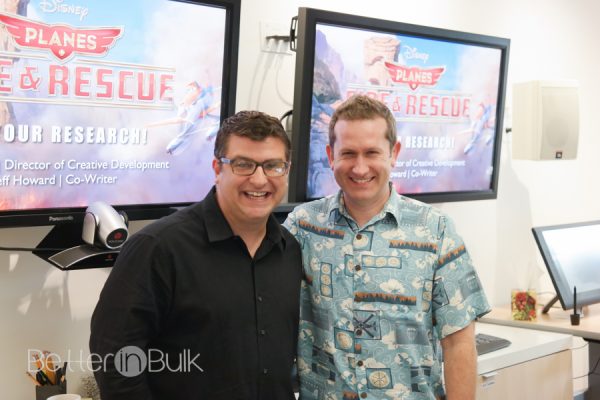
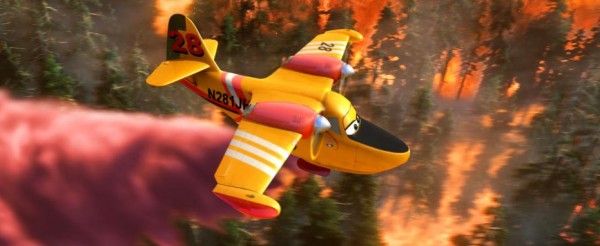
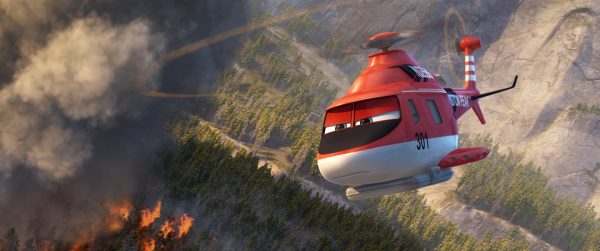
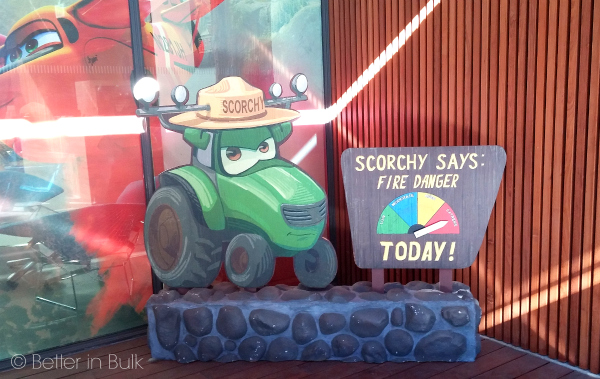
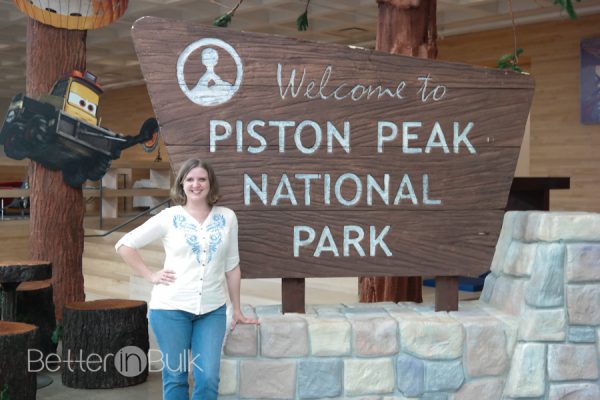
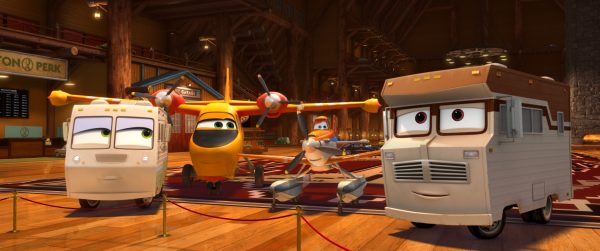
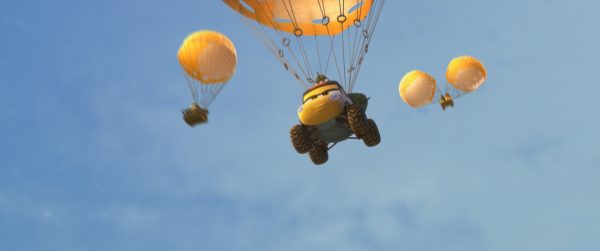

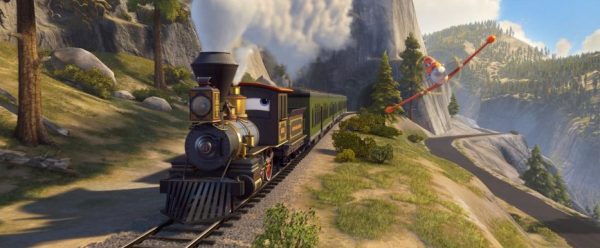
Leave a Reply